iPhone 17 Pro review: bold, beautiful and extremely powerful
The latest iPhone Pro models do everything a bit better, and the result is a phone that’s difficult to fault – especially when it comes to the cameras

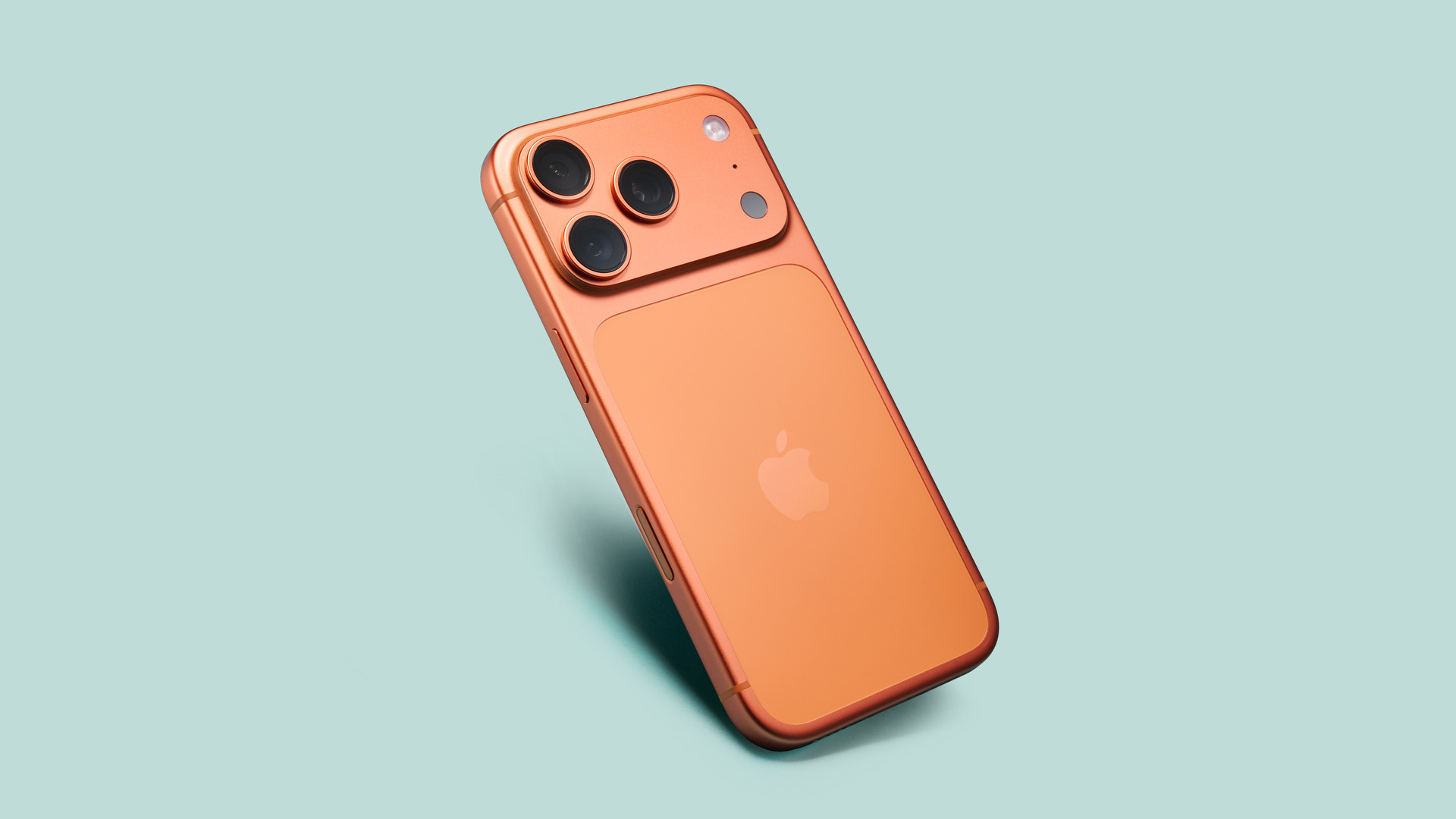
Apple’s flagship iPhone model is at the top of its game. The performance is impressive across the board here, whether you’re taking photos and video, gaming, watching movies or taking calls. The phone is fast and efficient with decent battery life and it looks stunning in that bright orange finish.
-
+
Incredible new front camera
-
+
Comprehensive rear camera array
-
+
Lightning-fast operation
-
+
Looks great in orange
-
-
Not a giant leap from the 16 Pro
-
-
8x zoom is limited to 12MP
Why you can trust T3

It’s easy to spot the new iPhone 17 Pro in the wild. Though it comes in a choice of three colours, including a silver and a deep blue, it’s the cosmic orange that stands out a mile. It’s certainly the colour to have this year.
While popular phones and gadgets regularly come in wilder colours, it’s usually the black version that gets the biggest sales. So the fact that there isn’t a black version of the iPhone 17 Pro is a statement in itself. Maybe it’s the most Apple decision to date. After all, the biggest selling point of its iPod range was less about the 1000 songs in your pocket and more about those white wired headphones, which stood out from a sea of black versions at the time.
So, standing out this year is about going orange rather than white. When it came to reviewing the iPhone 17 Pro, I knew it had to be the orange model.
Aside from the dramatic colour option, there are plenty of new features on this model that are a significant step up from even the iPhone 16 Pro that I reviewed last year. Most people of course, don’t upgrade their phone every year, especially if they’re tied into a contract, so if you’re upgrading from the iPhone 15 Pro or even an iPhone 14 Pro model, you will see an even greater difference.
This is a review of the iPhone 17 Pro, though it also covers the iPhone 17 Pro Max, as the two phones are identical save for the screen size and extra battery life, which I’ll address where relevant.
How much is the iPhone 17 Pro?
The iPhone 17 Pro starts from £1099 / $1099, that’s €1299 in Europe and AU$1999 in Australia. Meanwhile, the larger iPhone 17 Pro Max starts from £1199 / $1199, or €1449 in Europe and AU$2199 in Australia.
There is a choice of three colours for both models: silver, deep blue and cosmic orange, and a choice of storage size, from 256GB up to 512GB or 1TB. The iPhone 17 Pro Max also has a 2TB storage option.
Get all the latest news, reviews, deals and buying guides on gorgeous tech, home and active products from the T3 experts
The 1TB iPhone 17 Pro costs £1499 / $1499 (€1799 / AU$2799) while the 2TB iPhone 17 Pro Max will set you back £1999 / $1999 (€2449 / AU$3799).
The phones were first announced on 9 September 2025 and went on sale on 19 September 2025.
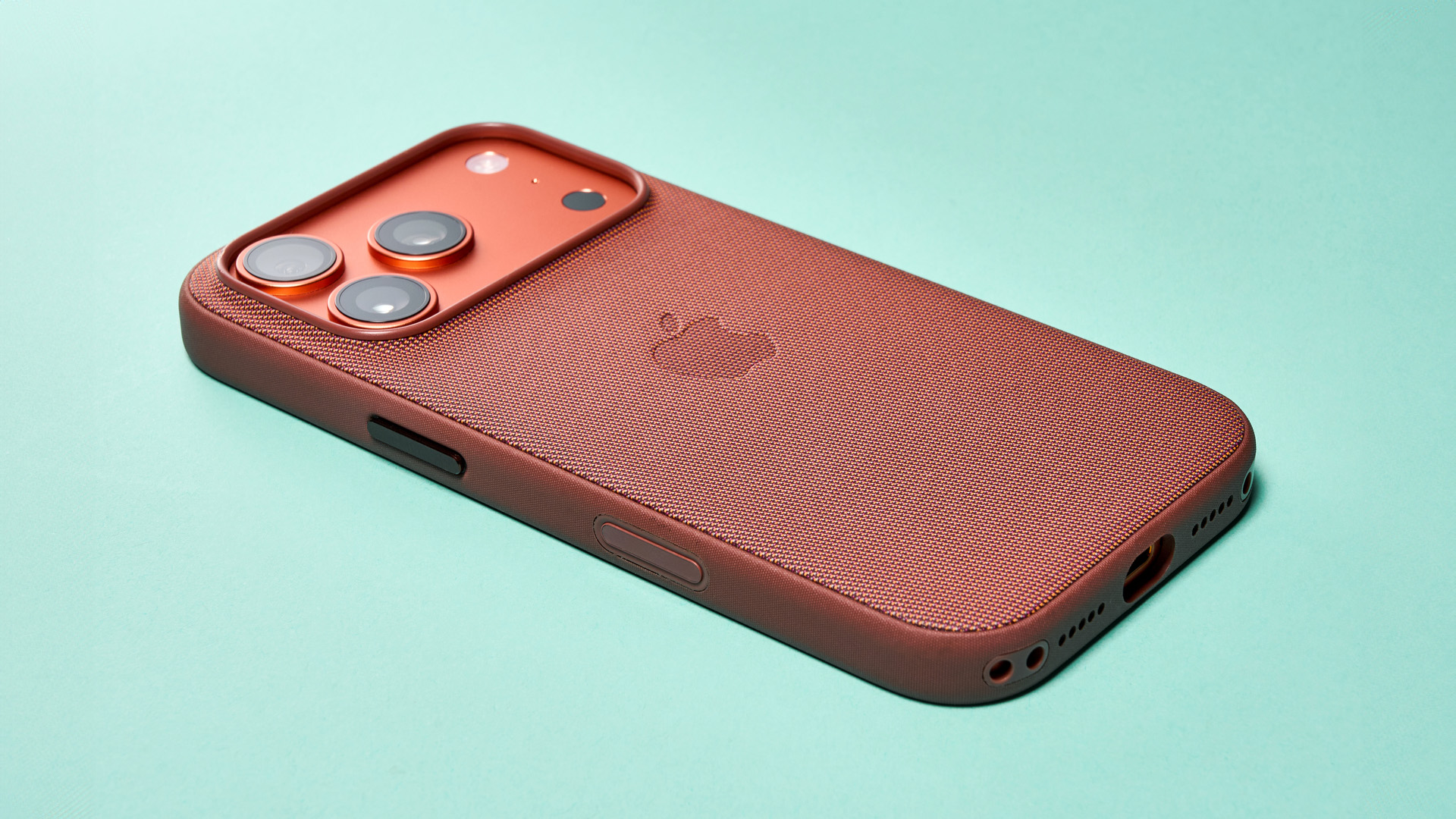
Design and build
Visually, the iPhone 17 Pro doesn’t look that different to the previous model, aside from the colour. The biggest change is the camera bump on the back that now stretches all the way across the body, moving the LED light and sensor away from the three lenses.
The body of this new phone, though, is completely new. Gone is the titanium shell; instead, there’s a new aluminium forged alloy that is lighter and 20x more thermally conductive. While the titanium was undoubtedly strong, it tended to get pretty hot when the chip was working hard.
In addition to this new, more conductive alloy shell, the iPhone 17 Pro features an integrated vapour chamber. This is laser-welded into the aluminium frame and contains water, to draw the heat away from the chip and to the shell to cool faster.
Vapour chambers have featured in gaming phones since 2018 and are now common across premium Android handsets. Rumours of vapour chambers coming to iPhones have been around since 2022 ahead of the iPhone 14 launch but presumably weren’t needed because of the new chips. This is the first time an iPhone has featured one.
The screen on the front is protected by a new Ceramic Shield 2, and there’s also a ceramic shield on the rear of the device to protect the back glass. Though the back of the iPhone doesn’t look like glass, anyone who has dropped one and cracked the back knows it really is. So having extra protection here is great news, especially if you plan to use the phone without a case.
Size-wise, the iPhone 17 Pro is extremely similar to the 16 Pro, growing only by 0.4mm (0.02 inches) in height and width. It is a little thicker, by 0.5mm, and slightly heavier, now weighing 204g (7.2 oz) compared to the 16 Pro’s 199g (7.03 oz). The iPhone 17 Pro Max has grown by similar amounts and now weighs 231g (8.15 oz) rather than 227g (7.99 oz)
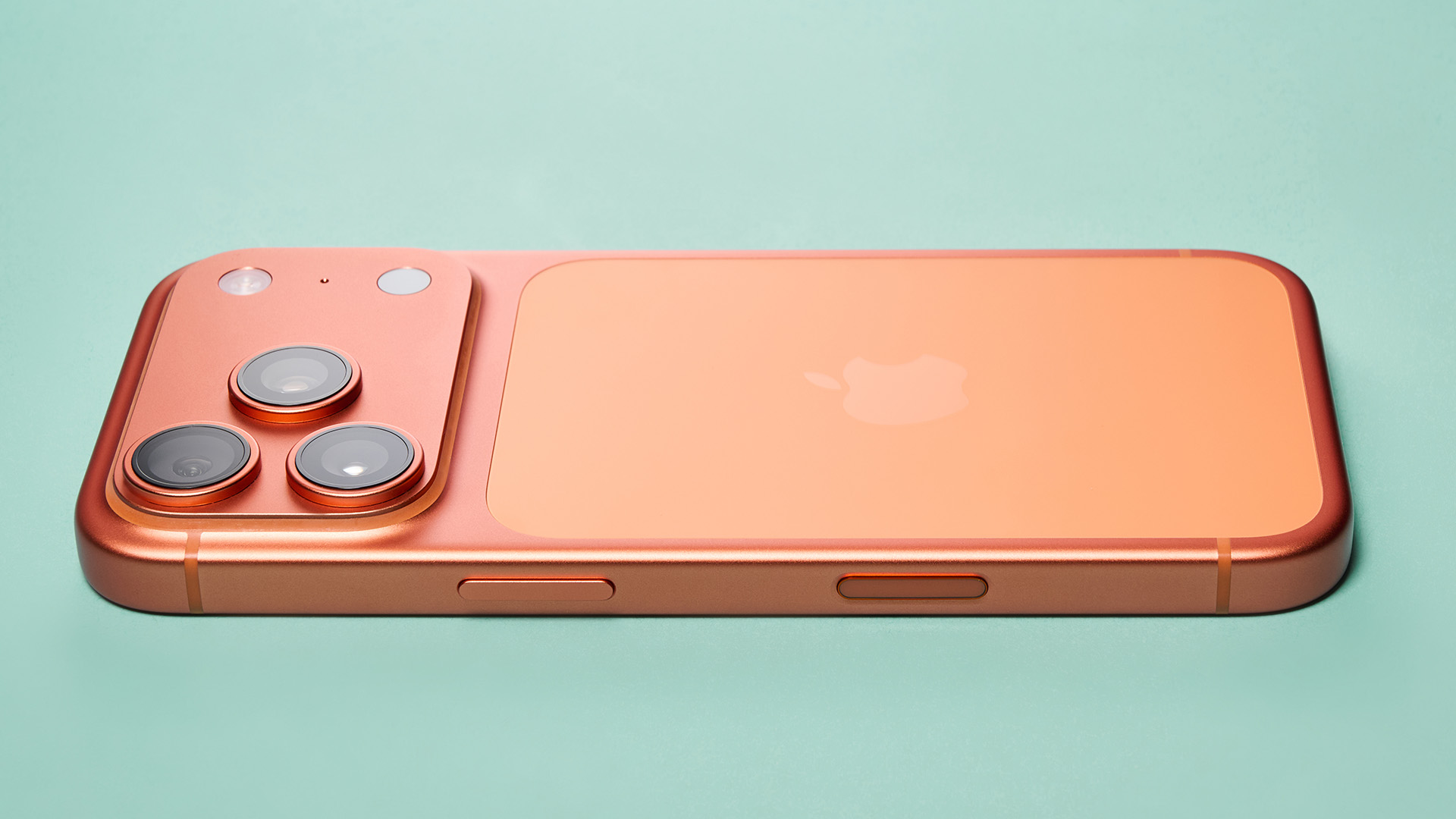
New features
Inside the iPhone 17, there’s lots of new tech. The latest A19 Pro system on a chip is 3nm unit with a 16-core neural engine, 6-core CPU and 6-core graphics processor. A version of this chip is also used in the iPhone Air, but it only has a 5-core GPU.
Also new in the iPhone 17 Pro is the N1 wireless networking chip. This looks after the WiFi 7, Bluetooth 6 and Thread networking, and is designed to make the Airdrop and Hotspotting more reliable.
The biggest change though, has to be the camera set-up. On the back, there are now three 48MP cameras. Previously, the 5x telephoto camera had a 12MP sensor, and while the new version is a 4x telephoto, it can offer an equivalent of an 8x focal length with a 12MP crop. This cropping method is what gives the camera system those eight lens options from the three rear cameras.
While the rear camera is impressive, the front camera is revolutionary. This new 18MP sensor is twice the size of the previous 12MP model, and is square in format. This means that you can take either horizontal or vertical selfies in high resolution without having to turn your phone on its side. It also uses Apple’s Centre Stage technology to either crop in for selfies or use the full frame for a wider picture to include multiple people in the frame.
With this larger sensor on the front camera, there’s also an improved image stabilisation – through using the wider frame to make fine adjustments – and a dual capture option, to combine views from both the front and back camera into one recording.
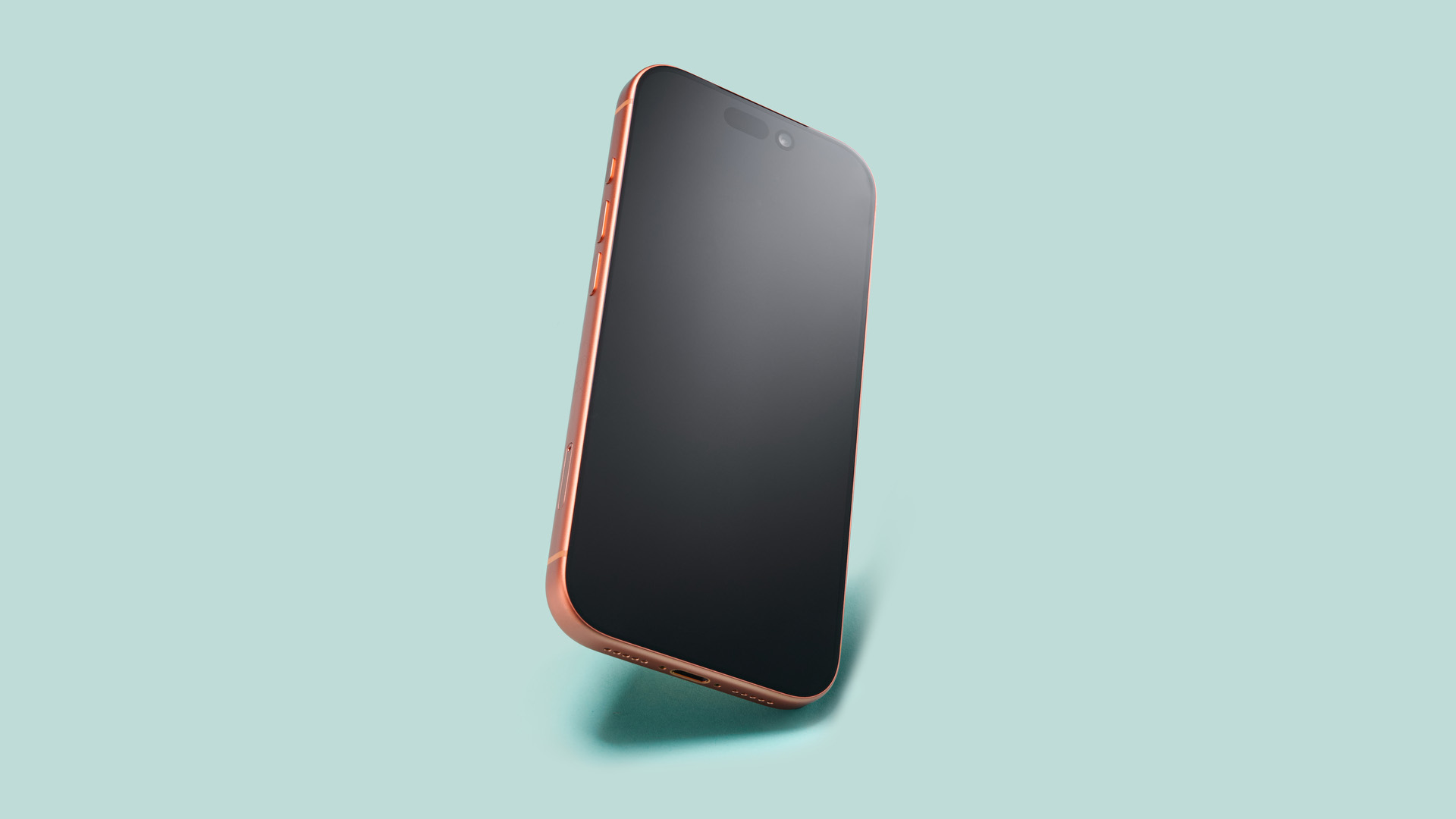
Display
On paper, the iPhone 17 Pro displays look very similar to previous models. The Pro has a 6.3-inch (2622x1206 pixel) OLED display, while the Pro Max has a 6.9-inch (2868x1320 pixel) OLED display. However, the display is now brighter than before, giving a 3,000-nit peak brightness for outdoor use.
Regular max brightness and HDR brightness remain the same, though, which is no bad thing. In practice, the iPhone 17 Pro screen looks more than bright enough at half brightness, and the quality is outstanding.
This super retina XDR display, as Apple calls it, supports up to 120Hz refresh, with its ProMotion technology. This adapts the refresh rate depending on the usage, allowing it to drop as low as 1Hz when showing the always-on lock screen.
The choice between the Pro and the Pro Max is mainly down to screen size – though the larger capacity and increased battery are also a factor. For me, the 6.3-inch screen is the perfect size, as it’s large enough to watch content, play games and browse the internet, but small enough to fit in your pocket, and type with one hand.
Purely for content capture and watching content, though, the larger 17 Pro Max does have its advantages.
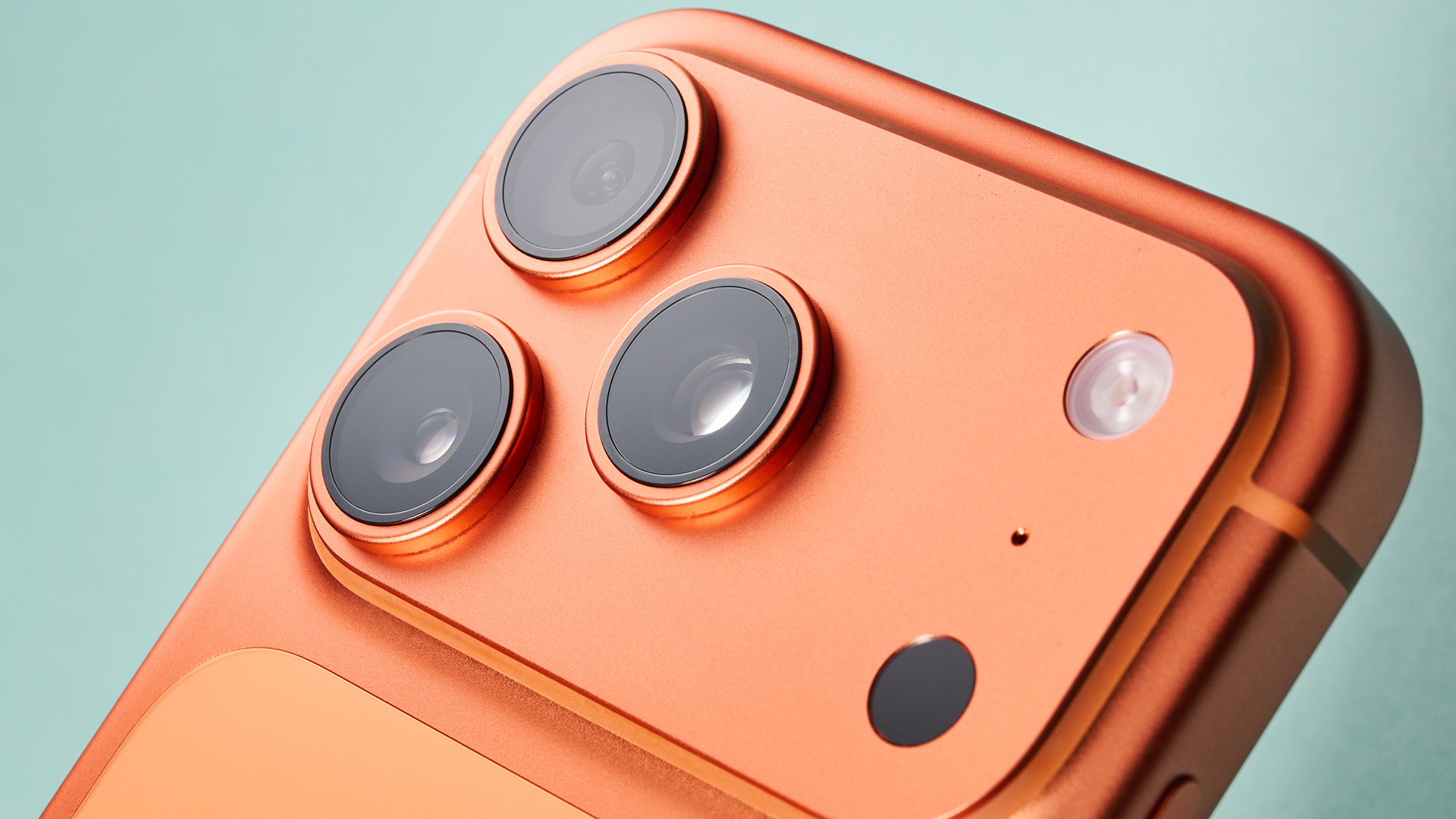
Camera and video
On the back of the iPhone 17 Pro – and Pro Max – are three separate cameras, each with a sensor and a lens. The clever part is how these three cameras work together to deliver eight different focal lengths, like an ultra-zoom lens on a DSLR.
The main lens, or the 1x zoom as it appears on the screen, has the largest sensor. While all three cameras are 48MP in resolution, the sensor on this camera has a 1.22μm pixel pitch, making it a 1/1.28 inch sensor. The ultrawide (0.5x) and the telephoto (4x) have a 0.7μm pixel pitch, making them 1/2.55 inch sensors.
These three 48MP cameras (ultrawide, wide and telephoto) offer 13mm, 24mm and 100mm equivalent focal lengths, respectively. However, the system allows for far more than this by allowing you to crop in on the sensor.
When you zoom in and out on the screen, the iPhone 17 Pro subtly swaps between the three lenses where appropriate and then crops in to give you the desired focal length. This does mean that you’re not always using the full sensor.
The iPhone lets you choose your default image settings, of either 12MP or 24MP JPEG files, or 12MP or 48MP Raw files. However, these the the maximum settings and at inbetween resolutions, you are often getting a 12MP file, even if you have the camera set to 24MP or 48MP.
For instance, if you choose the 2x zoom, it uses the central section of the main camera sensor, which equates to a 12MP image capture. Similarly, if you pick the 8x zoom, it is using a 12MP section from the 48MP telephoto lens. It’s not possible to get a 24MP or 48MP image at 8x zoom, which is not immediately obvious.
This is still an upgrade on the iPhone 16 Pro, which only offered a 5x zoom at 12MP. Cleverly, the 17 Pro also sometimes continues to use the main camera for closer images even when selecting the 4x or 8x option, but swaps to the telephoto for longer distances.
It’s also worth noting that you can still get a 24MP image at the 1.2x (28mm) and 1.5x (35mm) settings on the main camera.
The front camera is the really exciting change for me. This new 18MP square sensor gives you the choice of formats without losing quality. You can capture 4:3 or 16:9 formats either vertically or horizontally without having to turn your phone on its side, making that long arm selfie much easier to capture, especially for group shots. You can also pick the square format (1:1) if you want to use all 18 million pixels of the sensor.
The cropped format means that you’re getting a maximum of 13MP in either orientation, which is still more than the previous 12MP camera on the 16 Pro. Even with this crop, though, it’s noticeable how much better the images and video look.
Video specs haven’t changed greatly from the 16 Pro, with 4K Dolby Vision recording at up to 120fps on the main camera and 60fps on the telephoto and ultra-wide. The cinematic mode also still offers 4K at 30fps, and the Action mode (super stabilised) shoots at 2.8k in 60fps.
There is now a dual capture mode, however, which allows you to combine the front camera with what you’re seeing on the rear as an inset to one of the corners – you’re free to move it around, from top right to top left, bottom left or bottom right.
For professional users, there’s still ProRes video at up to 4K 120fps, but there’s now also ProRes Raw shooting and Genlock support to help you sync multiple cameras.

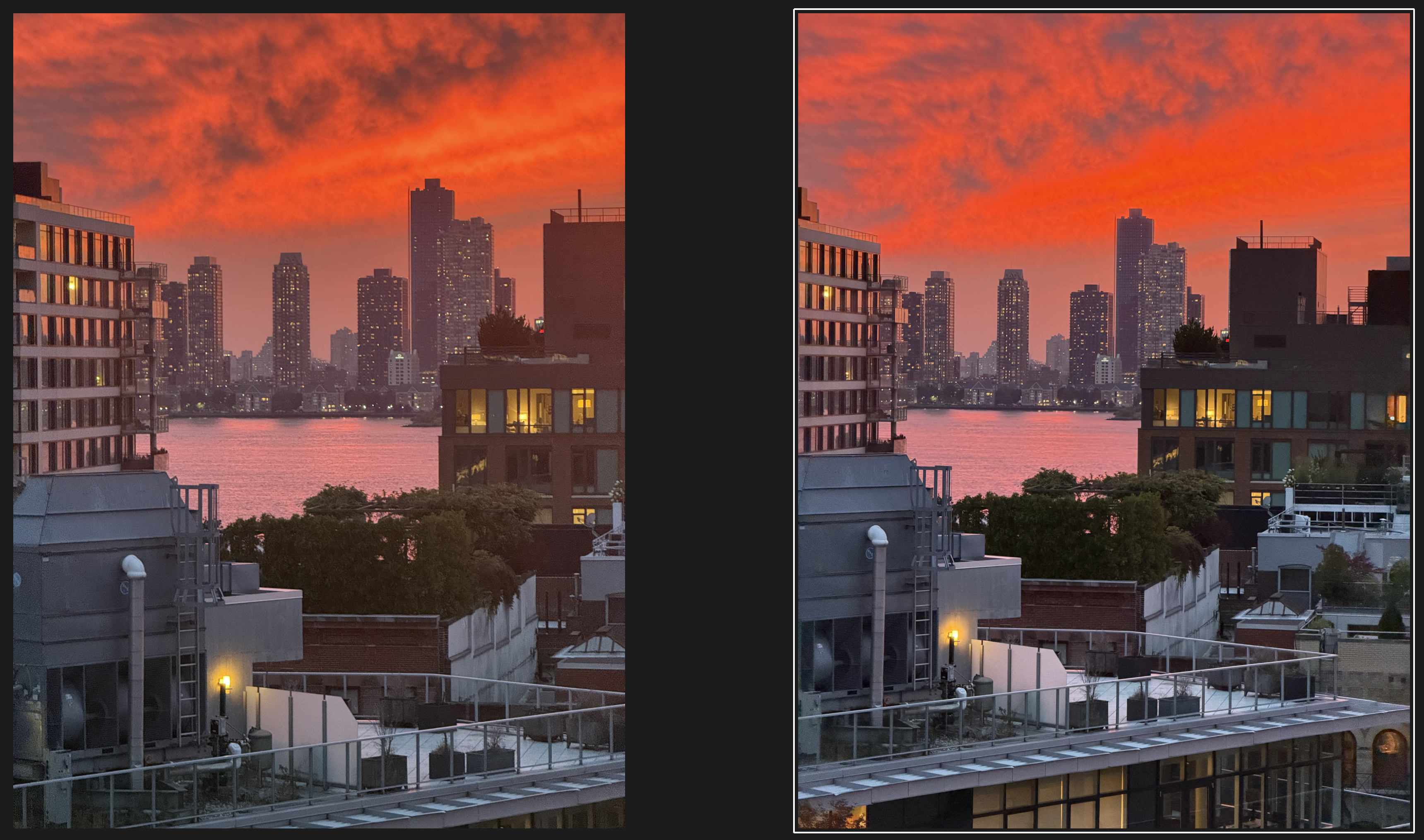
Image and video quality
The quality of the images from the iPhone 16 Pro models is hard to beat, however, across the board, there is a marked improvement from the 17 Pro. Colours are richer and brighter, there’s more detail in the shadows and a great level of sharpness.
In low-light shots, noise is extremely well controlled in the JPEGs, without giving a false colour to the shot. I did notice a little more noise in shots from the telephoto compared to those from the main camera, which makes sense given the size difference in the sensors.
The image quality from the front camera, as already mentioned, is a considerable step up, thanks in part to the extra resolution. One thing to beware of is that when using the Centre Stage mode, the crop can mean that your resolution can drop down to just 5MP shots. Of course, this is fine for video calls, but for still shots it might not be ideal.





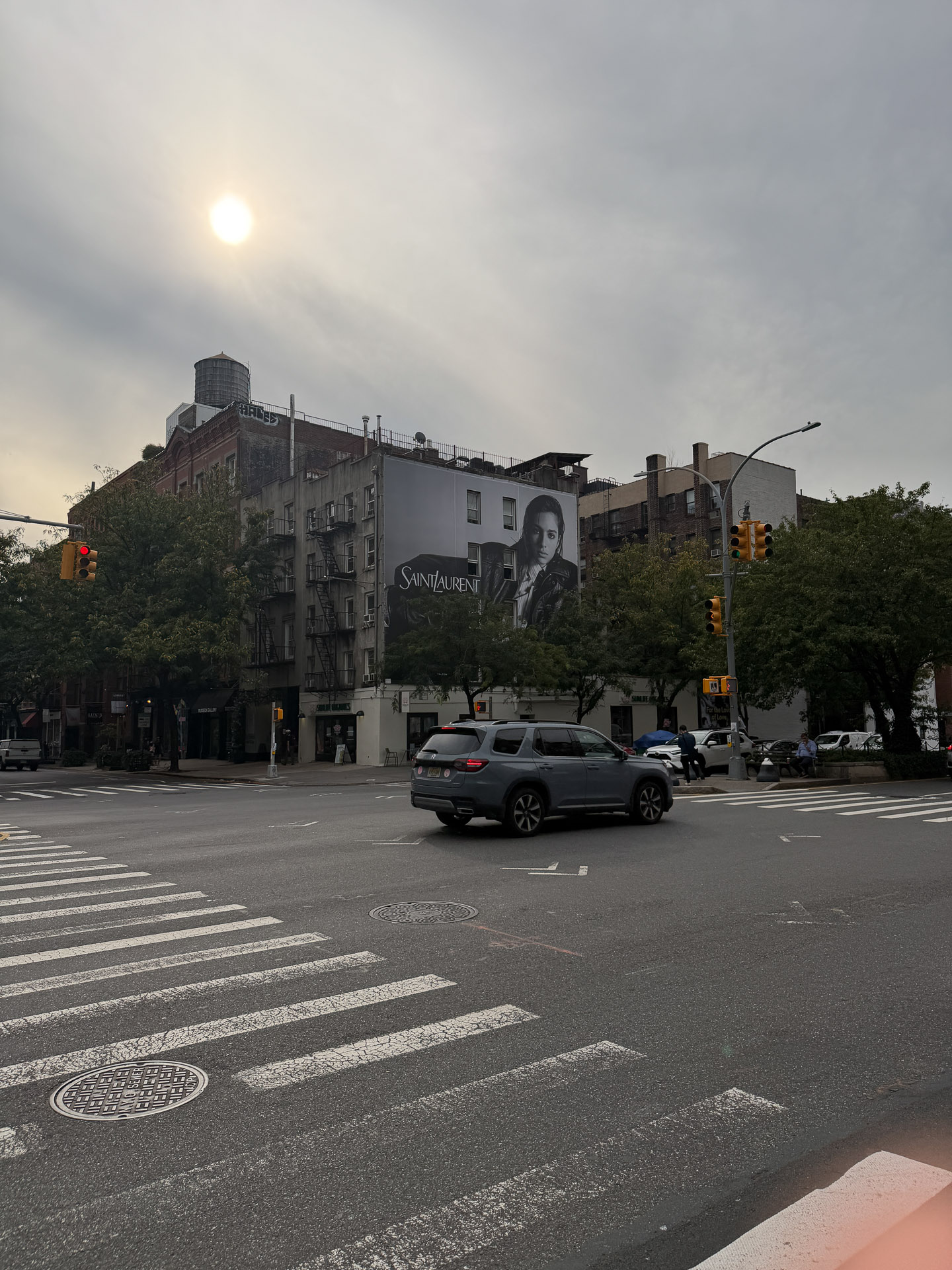



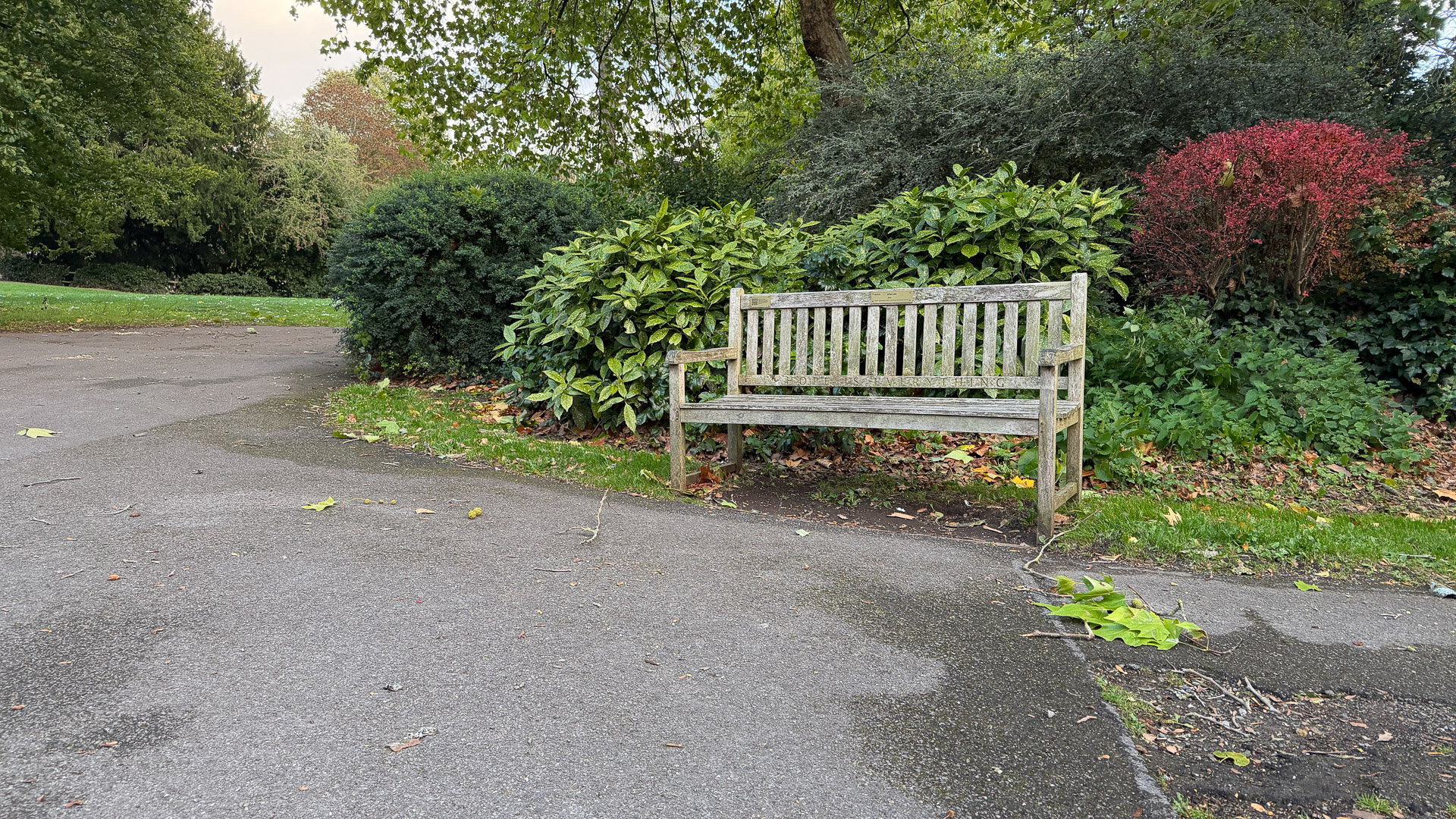
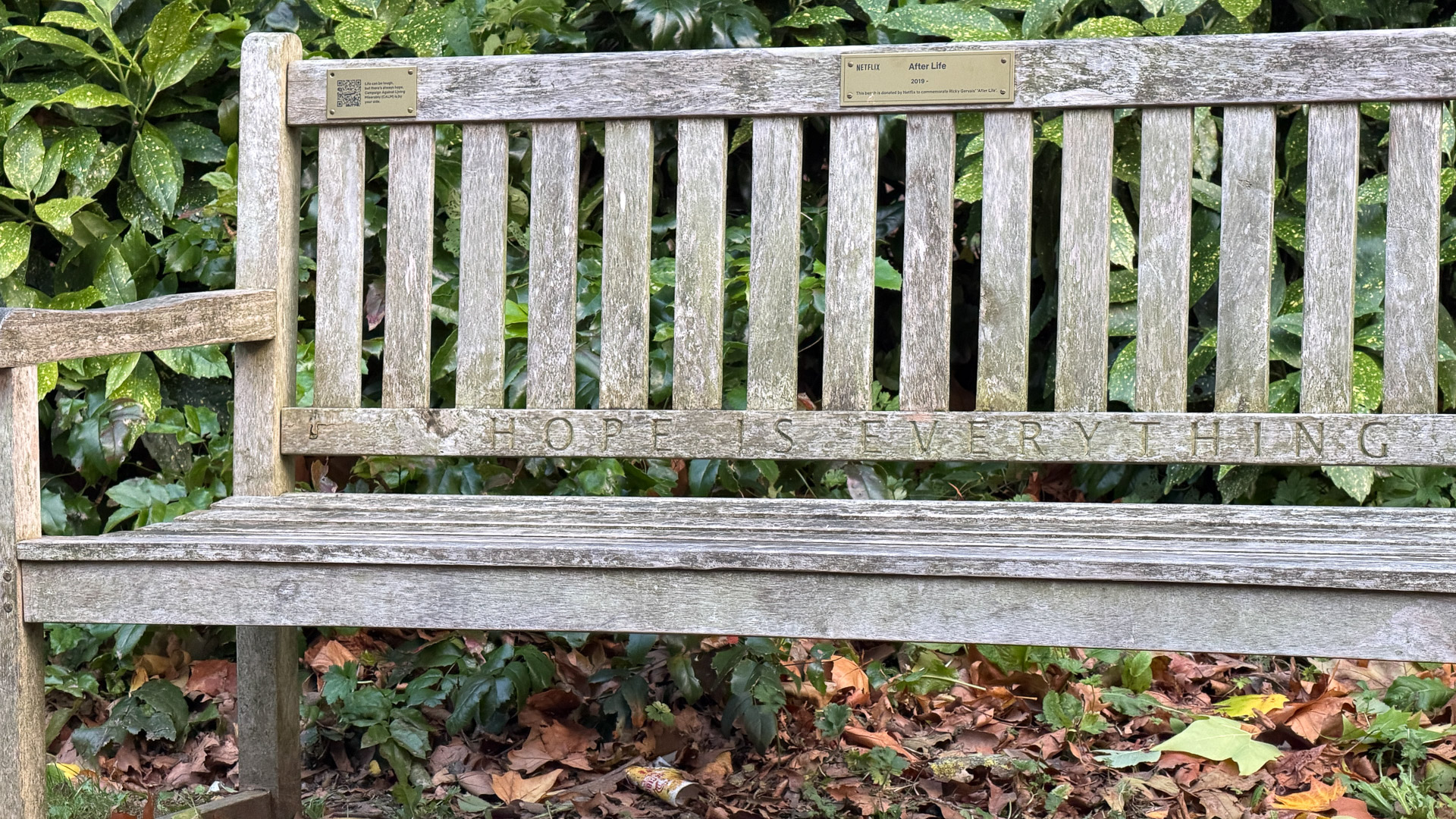





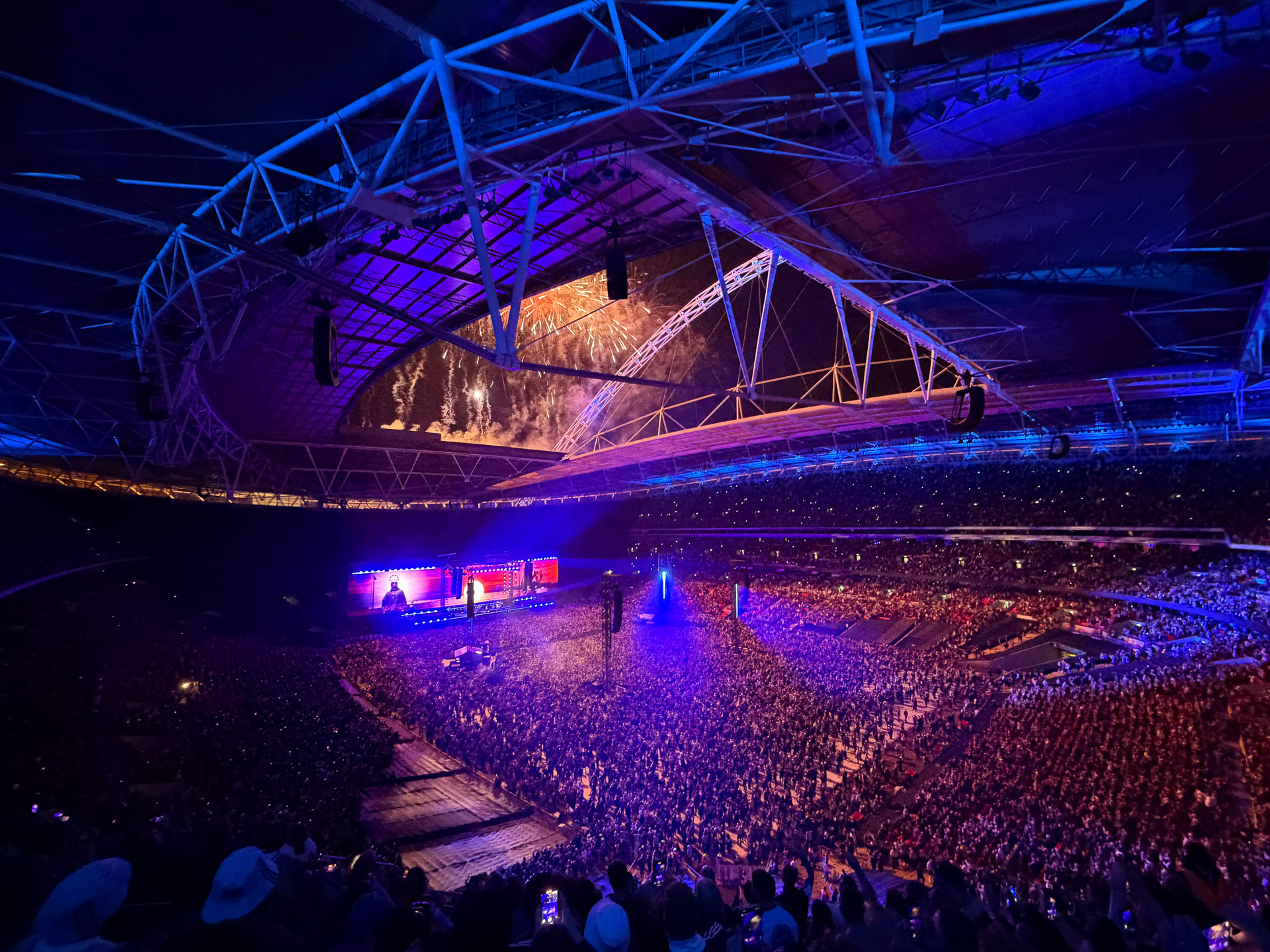




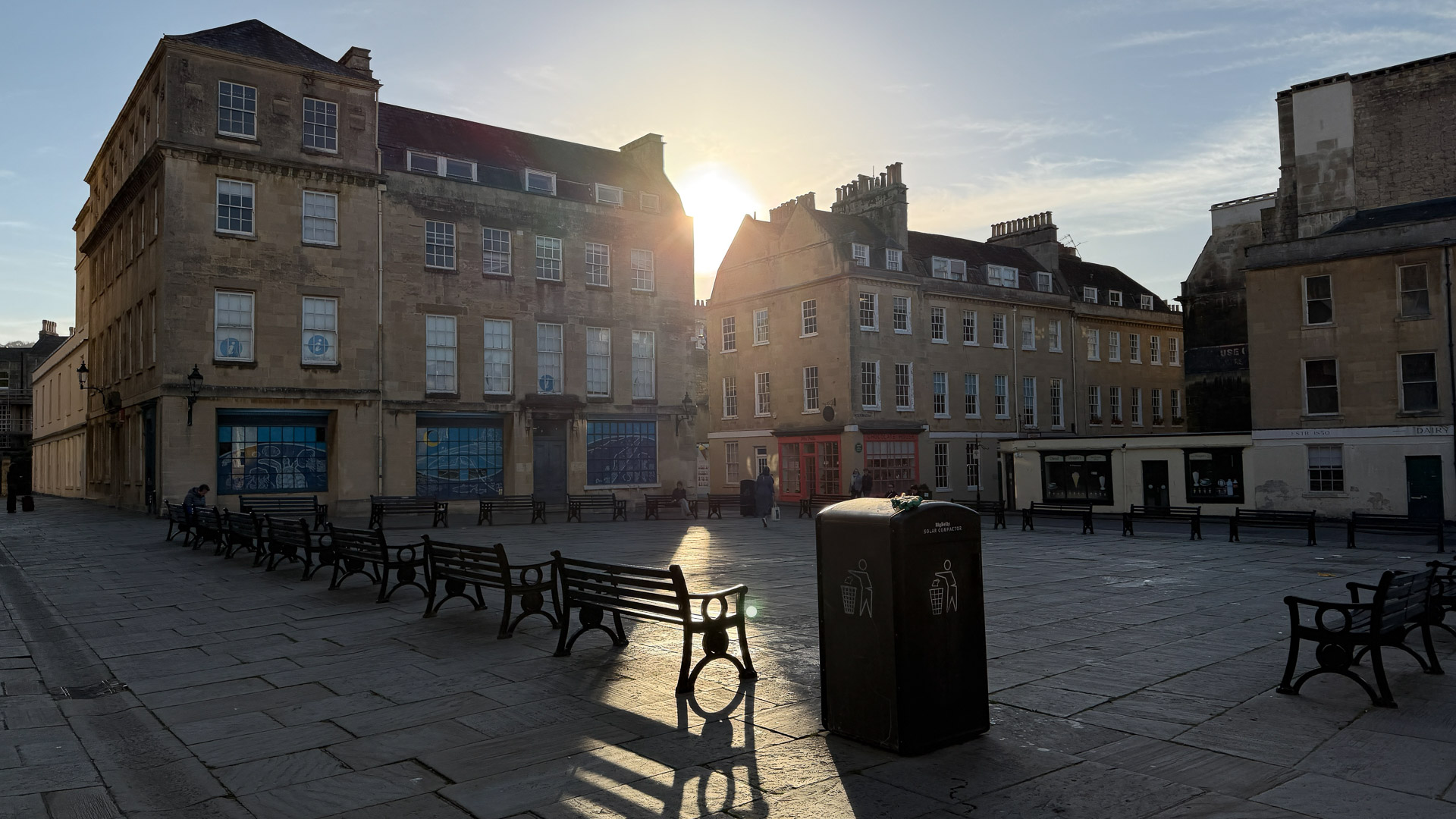
Battery and performance
Battery life has been improved on both new iPhone 17 Pro models, with an extra four hours of video playback on each, taking the Pro up to 33 hours and the Pro Max to 37 hours. Interestingly, if you were to buy the 17 Pro Max in the USA, you would get up to 39 hours of video playback – an extra two hours. That’s because the US version of the Pro Max has a larger battery, made possible due to a lack of SIM card slot.
Outside of the US, both Pro and Pro Max models offer a single SIM card slot and eSIM compatibility. The only model to differ from this is the iPhone Air, which only offers eSIM globally.
In practice, I found the battery life to be at least on par with the 16 Pro. Using the phone extensively, as I have over the last few weeks, it still lasted all day without issue. As you would expect, extensive camera use for photos and videos can draw a lot of power, so if you were shooting all day, you’d probably need to charge a little in the evening.
Luckily, there’s the potential to charge faster too, by using a 40W adapter. This can deliver a 50% charge in 20 minutes. It can also reach a 50% charge in 30 minutes wirelessly using a 30W MagSafe charger. However, if you still have an older 15W MagSafe charger or a 20W plug-in charger, it won’t be any quicker.
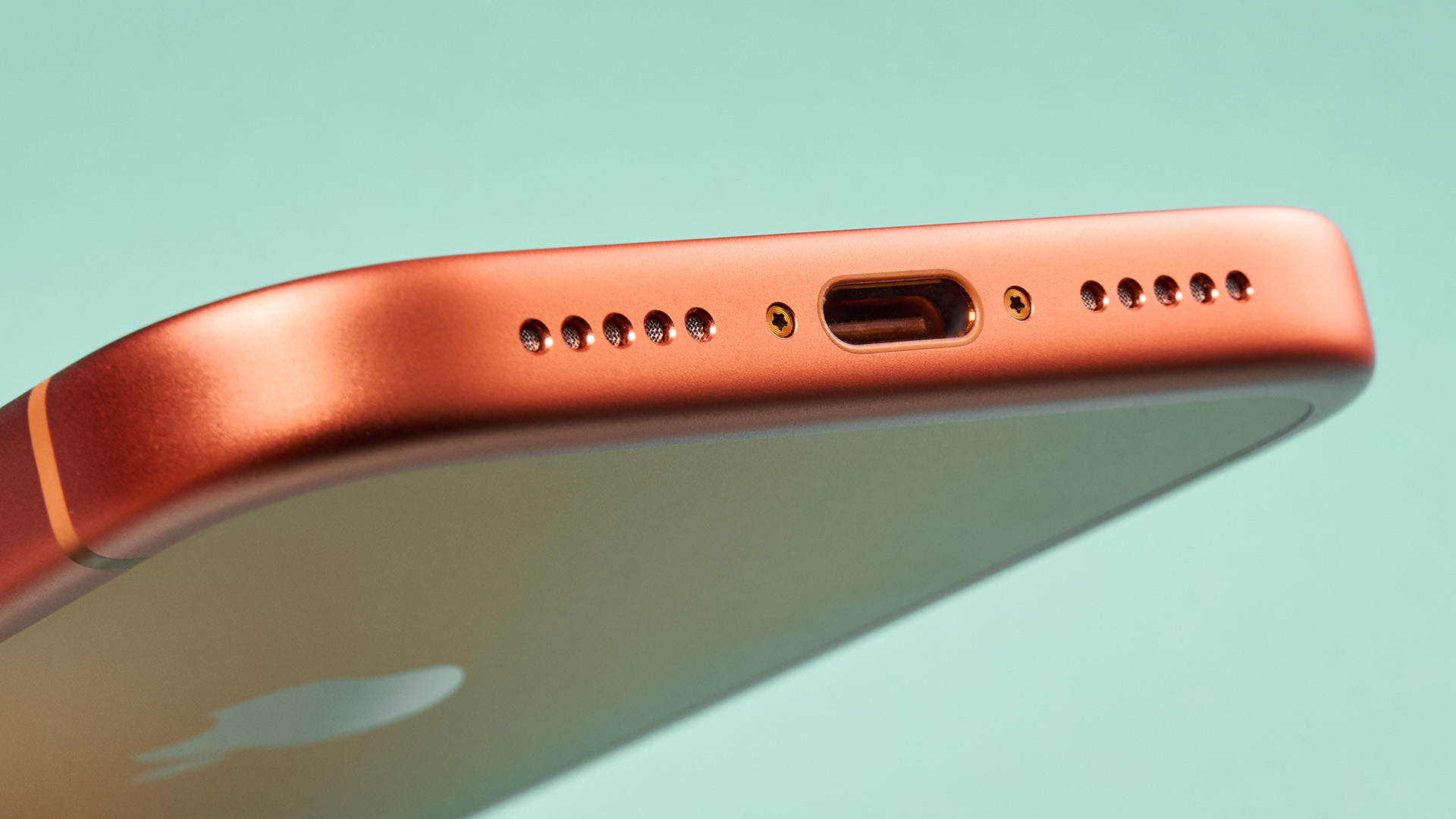
One thing that was noticeable when switching over to the 17 Pro, was how much faster it seemed to run than the 16 Pro. Both phones were on iOS 26, but the 17 Pro definitely feels snappier when opening apps and folders.
The new A19 Pro chip has up to 20% faster CPU performance and a 50% faster GPU performance than the iPhone 15 Pro, while the neural accelerators provide 4x the peak compute power of the A18 Pro in the 16 Pro models.
To give this a number, I ran the Geekbench 6 app to discover its scores for the CPU and GPU compared to previous phones. For the CPU test, it scored 9014, putting it considerably ahead of the iPhone 16 Pro’s multi-core score of 8879. Meanwhile, the GPU test gave it a score of 44950. Again, this is a significant improvement on last year’s models (33192) and puts it close to the M2 silicon models of the iPad Pro and Air.
The Geekbench tests also reveal that the onboard memory has increased from 8GB to 12GB, which will have helped with the performance.
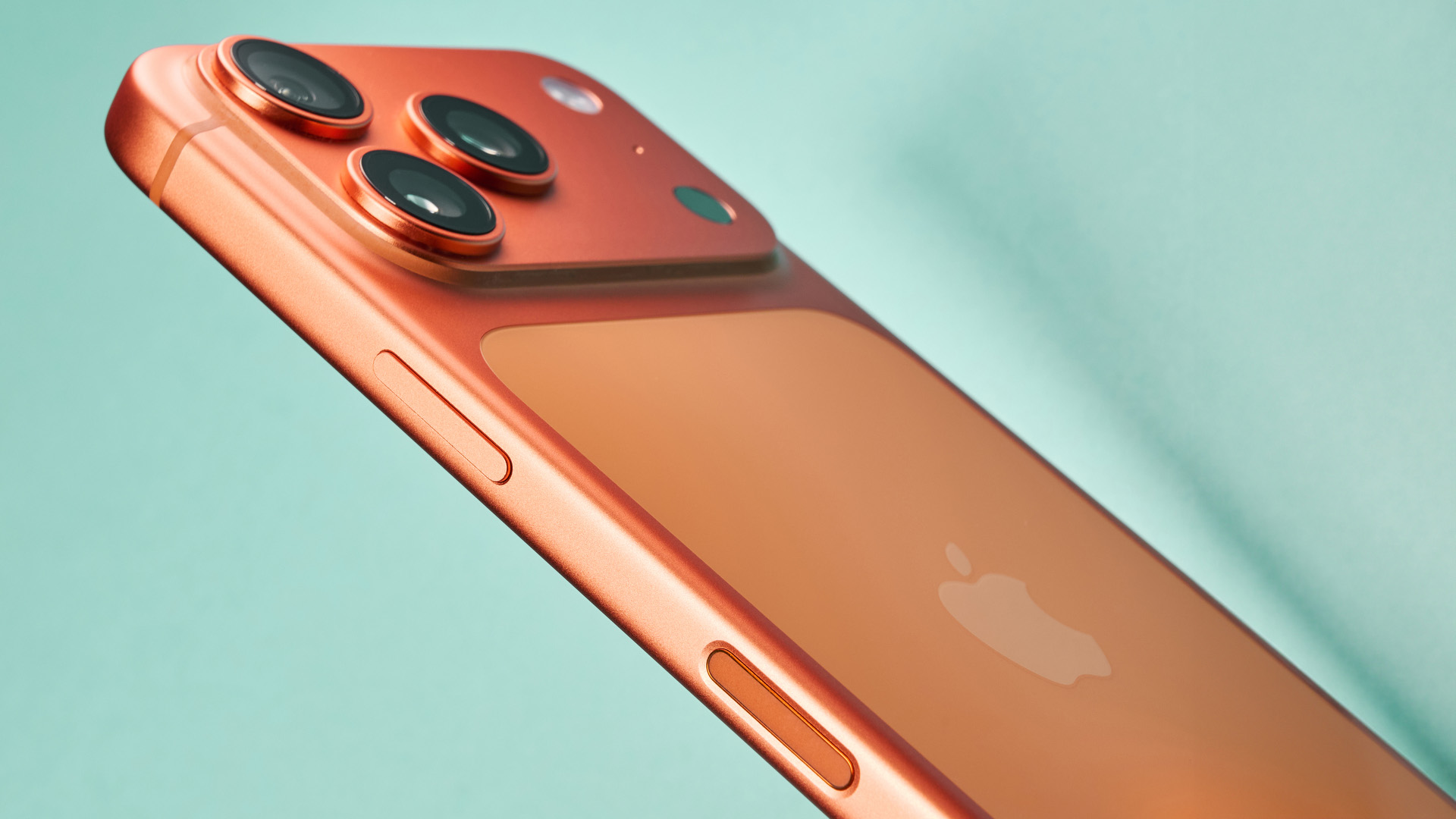
Should I buy an iPhone 17 Pro?
This year’s focus for the iPhone launch has largely around the new iPhone Air model. While this is an impressive phone, it’s Apple’s flagship models, the 17 Pro and 17 Pro Max that really stand out for me.
This phone is the peak of Apple’s engineering, and it does everything exceptionally well. The camera system, front and back, has improved and delivers great results, both in still and video formats. The screen is brighter, with incredible detail and smooth motion. The processing power is more than most laptops, while barely breaking a sweat with day-to-day operation.
If you want the very best iPhone, you should buy the iPhone 17 Pro or the 17 Pro Max. Both models deliver an outstanding performance. Aside from the slightly smaller screen and slight reduction in battery life, the smaller Pro model does everything the Pro Max does, and I personally prefer the size. Either way, though, you won’t be disappointed.

As T3's Editor-in-Chief, Mat Gallagher has his finger on the pulse for the latest advances in technology. He has written about technology since 2003 and after stints in Beijing, Hong Kong and Chicago is now based in the UK. He’s a true lover of gadgets, but especially anything that involves cameras, Apple, electric cars, musical instruments or travel.
You must confirm your public display name before commenting
Please logout and then login again, you will then be prompted to enter your display name.